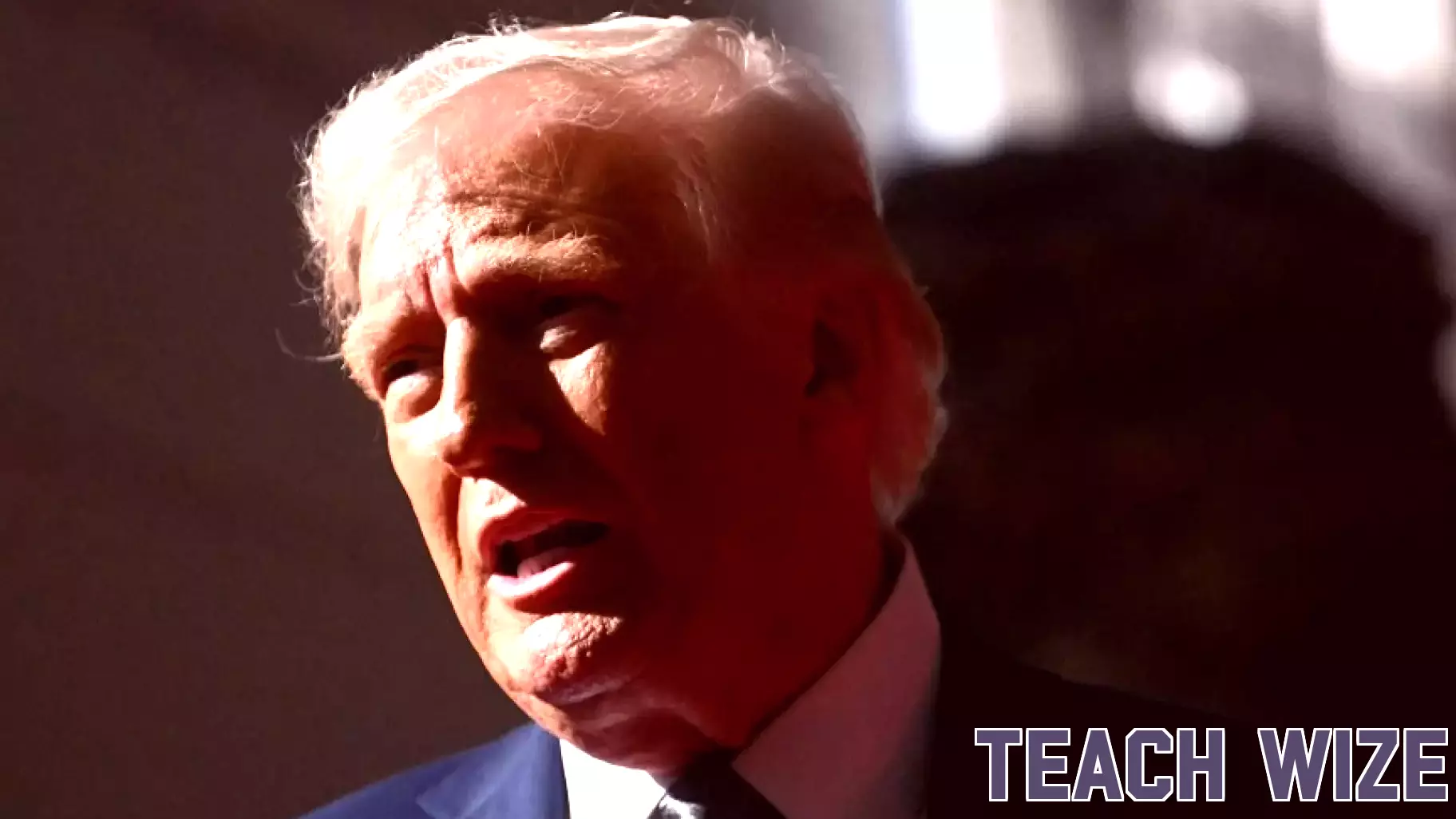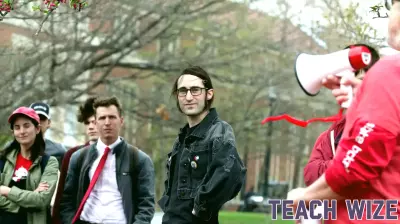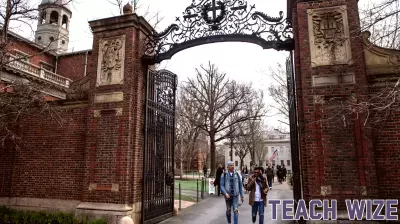March 19, 2025 - 11:00

Recent discussions have highlighted the significant role that gender and education play in shaping voter preferences and political divides. As the electorate becomes increasingly polarized, these two factors emerge as critical fault lines that influence opinions and voting behavior.
Research indicates that gender dynamics are shifting, with women increasingly aligning with progressive policies and candidates, while men show a tendency towards conservative platforms. This divergence is particularly pronounced among younger voters, where educational attainment further complicates the landscape. Individuals with higher education levels tend to lean more liberal, while those with less formal education often gravitate towards conservative ideologies.
In a notable development, Chief Justice John Roberts has publicly addressed these issues, offering a rare rebuke that underscores the importance of understanding the intersection of gender and education in contemporary politics. His remarks highlight the need for political leaders to engage with these complexities to build a more inclusive and representative democracy. As the next election approaches, the implications of these divisions will undoubtedly play a crucial role in shaping the political landscape.



